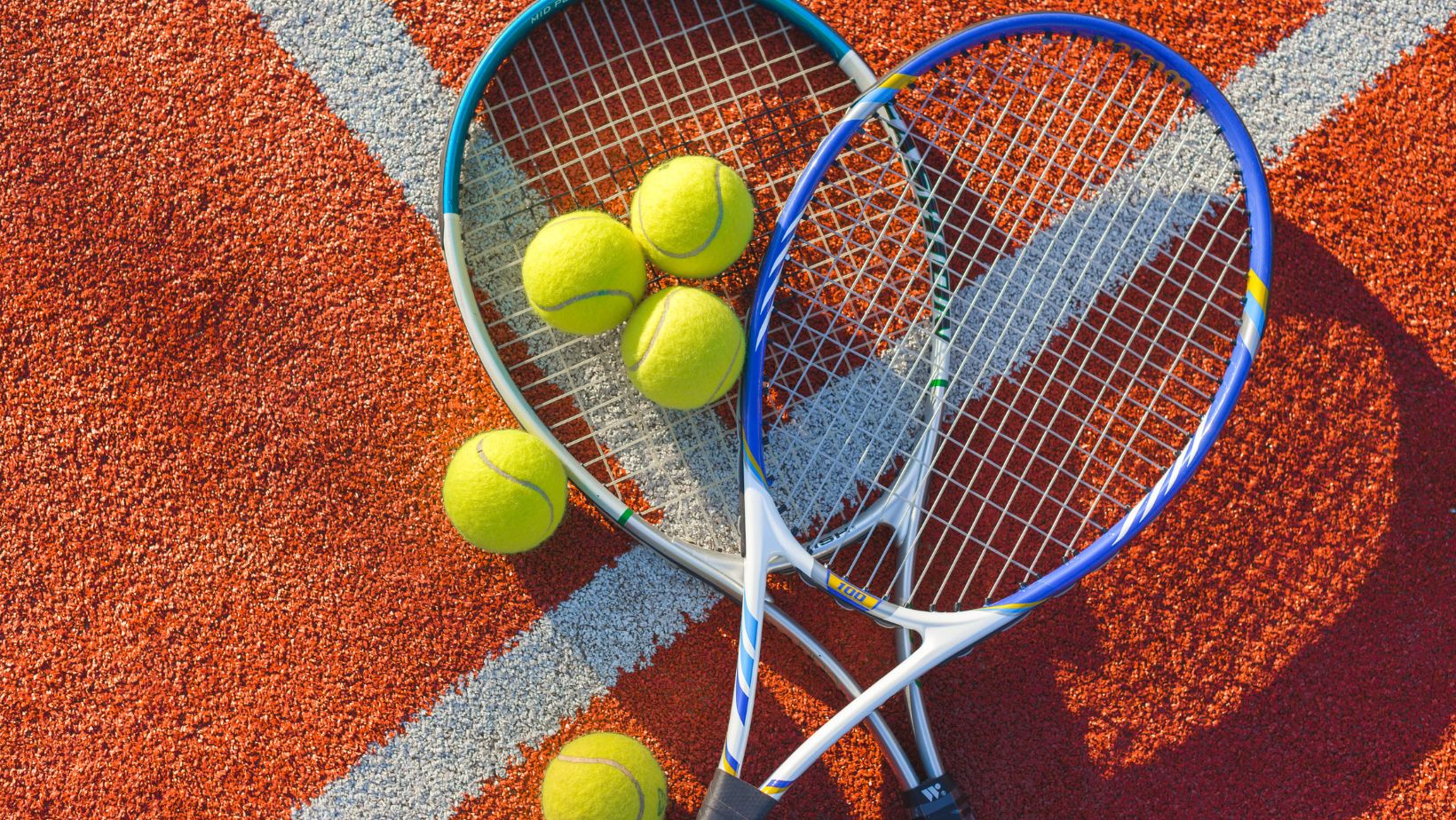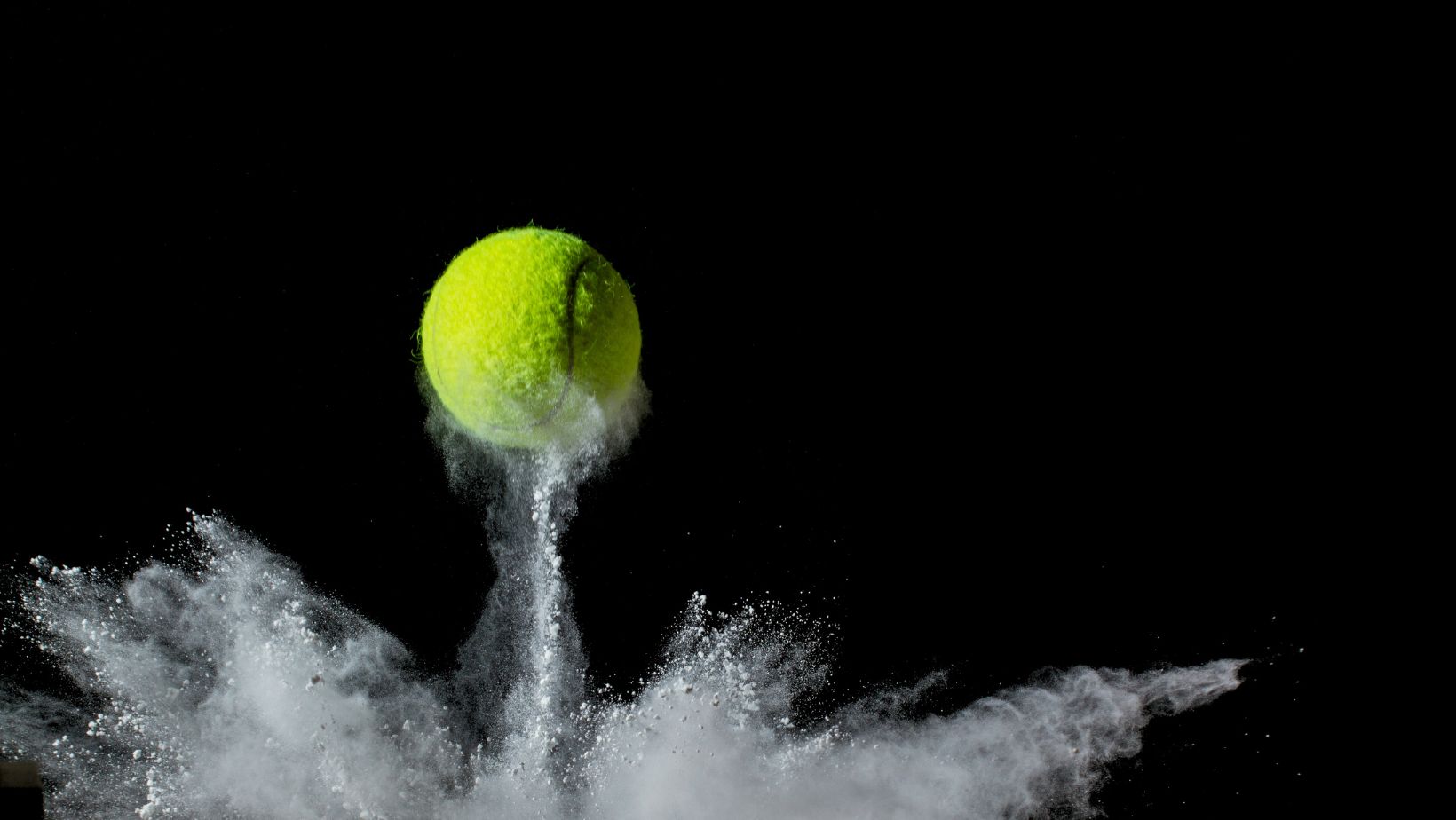Pressureless tennis balls serve as an alternative to conventional pressurized tennis balls. However, their efficacy and disparities compared to the latter remain uncertain. Which option is superior?
Pressurized Tennis Balls
In brief, tennis balls that are under pressure have:
● Pressurized tennis balls bounce higher and feel more energetic when taken out of the can. The can is also pressurized to 14 psi, which matches the balls’ internal pressure. To prevent the pressurized gas from escaping, the can is sealed tightly.
● The balls allow for an increased spin response as they are lighter than pressureless tennis balls.
● Greater velocity– Pressurized balls exhibit increased speed due to their lower mass than pressureless balls.
However, these advantages are only temporary. After being opened for two to four weeks, or even less, these balls will no longer have their initial bounce, making them unsuitable for passionate tennis players. As the gas inside the pressurized balls escapes, they lose their bounce and become lifeless or stiff. But if you’re a pro, you shouldn’t be embarrassed because you want the best results you can afford with this type of tennis ball; in this article, you can find the best pressureless tennis balls at AthleteSite.com.
Pressureless Tennis Balls
On the contrary, pressureless balls have a dull sensation from the beginning. However, as time passes, the felt covering wears off, and the rubber inside becomes softer. These balls gain more bounce. While this may seem advantageous, the fact that these balls are heavier means they hit your racquet with greater impact. As a result, more force is needed from your arm and the rest of your body to hit them. This can lead to an increased risk of injury. Additionally, despite becoming bouncier, these balls gradually lose their ability to spin. This is particularly disadvantageous in today’s era when many people aim to produce spin during their serves and groundstrokes.
Uses
If you want to play competitive tennis, pressurized balls are the best choice. If you want to enhance your skills by practicing with another player, pressurized balls will provide the appropriate bounce and spin. On the other hand, if you intend to use balls for rebound or machine practice, pressureless tennis balls are a suitable option as they will maintain their bounce for longer.

Is there a way to prevent pressurized balls from losing their bounce?
What is the solution to the issue of pressurized balls losing their bounce, considering that they are more suitable for playing and practicing?
It can be frustrating to constantly be concerned about the freshness of your tennis balls whenever you go to the court or organize a social tennis competition. Members tend to become upset if you attempt to use the balls for over a few weeks, even if the felt is still in good condition, because the bounce will noticeably decrease. However, you can save considerable money by significantly extending the lifespan of the balls you purchase. One excellent option for achieving this is available.
The PressureBall is designed to prevent tennis balls from losing their elasticity.
Pressureball Tube is a bendable plastic tube for storing tennis balls under pressure at 14 psi. This pressure level is equivalent to the original pressurized can in which the tennis balls were packaged.
To utilize PressureBall, you only need to place your tennis balls inside the tube and then employ a bicycle pump equipped with a pressure gauge to elevate the pressure within the tube.
If you inflate the PressureBall tube to the recommended 14 psi, your tennis balls will maintain the same pressure as when sold in a pressurized can. As a result, your balls will bounce just like new every time you play with them until the felt becomes worn out.
Furthermore, the tube pressure can be elevated to over 14 psi upon preference, allowing for a reversal of pressure loss. In doing so, deflated balls can be rejuvenated to their original pressure and performance level.
Tennis players can now enjoy playing with tennis balls that are properly pressurized, thanks to the use of PressureBall. They no longer have to deal with balls that lose bounce or constantly replace them. With PressureBall, the balls maintain their bouncing ability until the felt is completely worn out. This makes it the most cost-effective option for tennis enthusiasts.









